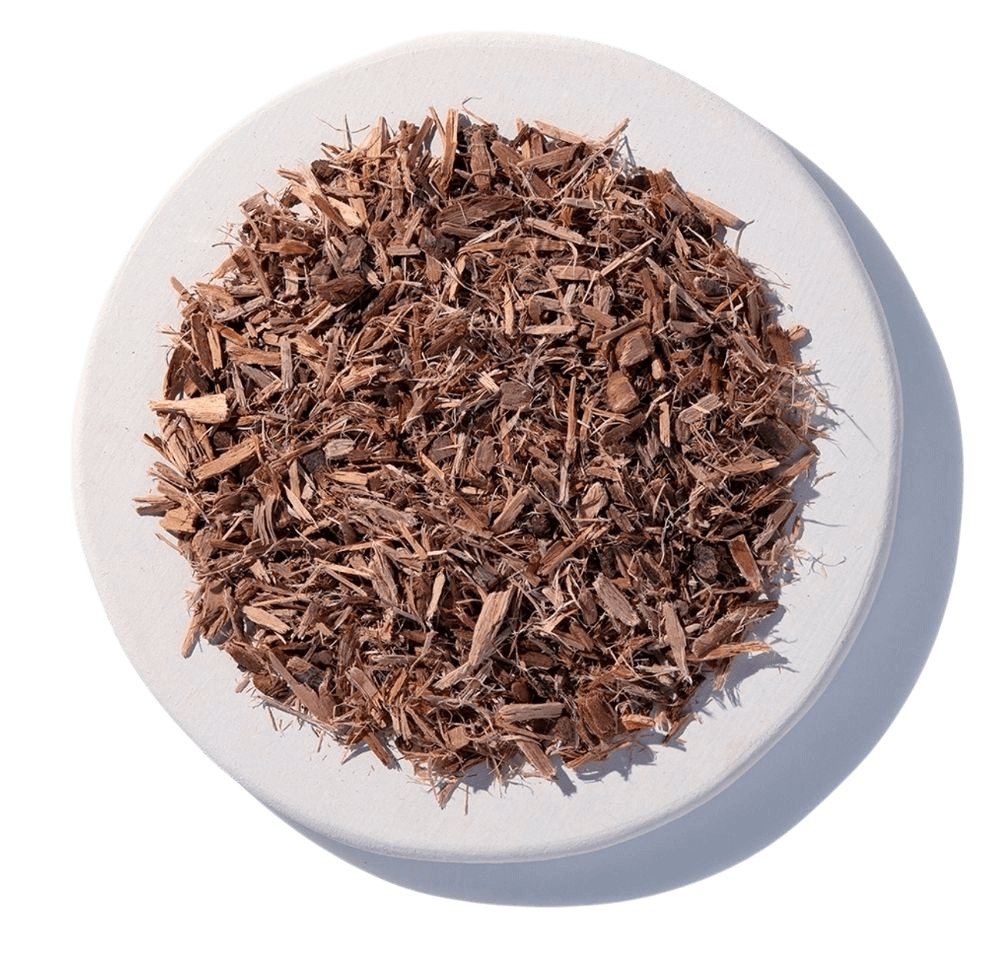Save 15% when you buy the Original Bottle Bundle!
Why should you choose White Willow Bark over chemical medications?
1. Natural Pain Relief Comparable to Aspirin
White willow bark contains salicin, a chemical similar to aspirin (acetylsalicylic acid).
Studies show that salicin reduces pain and inflammation by inhibiting COX enzymes involved in prostaglandin production.
A 2001 study published in Phytotherapy Research found that white willow bark was effective in reducing chronic lower back pain with fewer gastrointestinal side effects than conventional NSAIDs.
2. Anti-Inflammatory Properties for Osteoarthritis
A clinical trial in Rheumatology (2001) showed significant improvement in knee and hip osteoarthritis symptoms after white willow bark extract was used for 2–3 weeks.
Participants experienced reduced pain and improved joint function compared to placebo.
3. Fever Reduction and Immune Modulation
Historically used for fever reduction, white willow bark has shown antipyretic effects in animal studies by influencing hypothalamic temperature regulation.
Its immune-modulating effects may also support recovery from mild infections and inflammatory illnesses.
4. Antioxidant Effects
Polyphenols and flavonoids in white willow bark help neutralize free radicals, reducing oxidative stress.
A 2010 study in Food Chemistry showed that white willow extract had strong antioxidant activity, suggesting potential in protecting cells from damage.
5. Fewer Gastrointestinal Side Effects than Aspirin
✅Recommended Safe Dosage:
Tea preparation:
Use 1–2 teaspoons of dried white willow bark per cup of hot water.
Steep for 10–15 minutes, then strain and sip.
Daily amount:
Up to 2–3 cups per day is considered safe for most adults.
Though chemically related to aspirin, white willow bark releases salicin slowly, which may reduce the risk of gastric irritation and ulcers.
Studies report a lower incidence of GI side effects, making it a safer long-term option for some individuals with chronic pain.
Using willow bark is one of the oldest treatments for inflammation. In fact, people during Hippocrates’ time (fifth century B.C.) chewed on willow bark to help treat inflammatory conditions.
One study reported that the herb shows promise in relieving OA-related joint pain, particularly in the knees, back, hips, and neck. This treatment is taken orally, either by tea or tablet.
Getting the right dose is crucial. An overdose can cause rashes and other forms of inflammation. Do not use willow bark if you take blood thinners or are allergic to aspirin.
These statements have not been evaluated by the Food and Drug administration. This product is not intended to treat diagnose cure or prevent any diseases.



